In the realm of personal adornment, jewelry stands out as a universal element of human culture, transcending time and geography. It's not merely about the sparkle or the material value; it's a complex tapestry of personal expression, cultural identity, and symbolic significance. From the elegant necklaces that grace our collars to the intricate rings that adorn our fingers, each piece tells a story, carries a memory, or symbolizes a milestone. This article delves into the myriad reasons why jewelry holds such a revered place in our lives and wardrobes, exploring its role in self-expression, social status, and much more.
Table of Contents
- Personal Expression and Style
- Social Status and Wealth
- Cultural Identity and Tradition
- Symbolism and Commemoration
- The Emotional and Psychological Dimensions of Jewelry
- The Artistry and Enduring Value of Jewelry
- Frequently Asked Questions (FAQs)
Personal Expression and Style
At its core, jewelry is an extension of one's personality. It's a form of artistic expression that allows individuals to showcase their unique style and preferences. Whether it's through the bold statement of a chunky bangle or the subtle elegance of a fine brooch, each piece serves as a reflection of the wearer's mood, tastes, and creativity.
"Jewelry is the most transformative thing you can wear." - This quote encapsulates the power of jewelry to elevate a look, mood, or even a mindset.
Cultural Identity and Tradition
Jewelry often carries deep cultural significance, embodying the traditions, beliefs, and heritage of a community. From the time-honored designs of brooches that hark back to ancestral craftsmanship to the modern interpretations of classic motifs in bracelets, each piece is a nod to the wearer's roots and a celebration of cultural identity.
Symbolism and Commemoration
Beyond its aesthetic appeal, jewelry serves as a vessel for symbolism and commemoration. Rings, for instance, are imbued with meanings of love, commitment, and partnership, making them central to rituals like engagements and weddings. Similarly, certain designs and gems are associated with specific qualities or milestones, making them thoughtful gifts for commemorating life's significant moments.
The Emotional and Psychological Dimensions of Jewelry
Sentimental Value and Heirlooms
Many jewelry pieces are cherished not for their material worth but for the stories and memories they embody. A simple bracelet might be a keepsake from a loved one, evoking feelings of nostalgia and connection every time it's worn. Similarly, heirloom pieces passed down through generations become tangible links to our ancestry, carrying the heritage and history of our families.
Self-Confidence and Empowerment
The act of choosing and wearing jewelry can be a powerful tool for self-expression and empowerment. A carefully selected piece can accentuate personal features, complement an outfit, and make a statement, thereby boosting the wearer's confidence and self-esteem. For many, the right piece of jewelry feels like a suit of armor, imbuing them with strength and confidence in their daily lives.
The Artistry and Enduring Value of Jewelry
Craftsmanship and Heritage
The creation of jewelry is an art form that marries meticulous craftsmanship with creative vision. Each piece, from the simplest bangle to the most elaborate brooch, is a testament to the skill and dedication of its maker. The techniques and motifs often reflect the heritage of the craft, passed down through generations of artisans. This continuity of tradition enriches the value of jewelry, making each piece a wearable piece of history.
Luxury and Exclusivity
Jewelry often occupies a space within the luxury market, where exclusivity, high-quality materials, and bespoke designs converge. Luxury jewelry is not just about the high price point but the experience it offers—the sense of owning something truly unique and exquisitely made. It's about the personal journey from conception to creation, resulting in a piece that's as individual as the wearer.
Frequently Asked Questions (FAQs) About Wearing Jewelry
How does jewelry influence first impressions?
Jewelry can significantly impact first impressions by accentuating one's appearance and conveying aspects of their personality, style, and social status. The choice of jewelry can suggest sophistication, creativity, or attention to detail, influencing how others perceive you at first glance.
Can jewelry affect one's mood or emotions?
Yes, jewelry can have a profound effect on the wearer's mood and emotions. Certain pieces can evoke feelings of joy, confidence, or nostalgia, especially if they are associated with particular memories or gifted by loved ones.
Why is jewelry a popular choice for gifts?
Jewelry is a favored gift because it carries emotional weight and lasting value. It's a personal and intimate way to express care, love, or appreciation, allowing the giver to convey a message without words.
How does jewelry play a role in cultural rituals and ceremonies?
In many cultures, jewelry is integral to rituals and ceremonies, symbolizing milestones such as marriages, coming-of-age ceremonies, or spiritual rites. It often represents the cultural heritage and traditions passed down through generations.
Is there a psychological reason behind the desire to wear jewelry?
Psychologically, wearing jewelry can fulfill a desire for self-expression, aesthetic pleasure, or the need to belong to a group or culture. It can also serve as a form of self-assurance, enhancing the wearer's confidence and sense of identity.


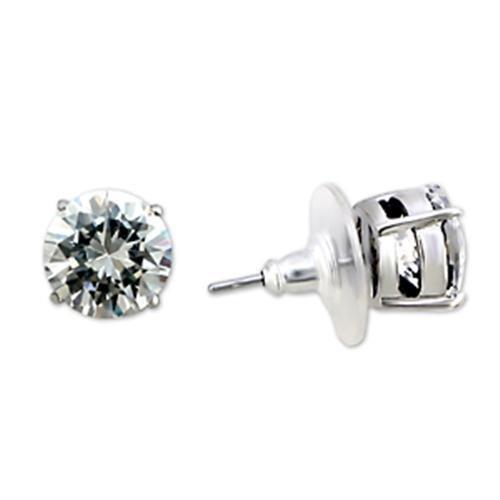

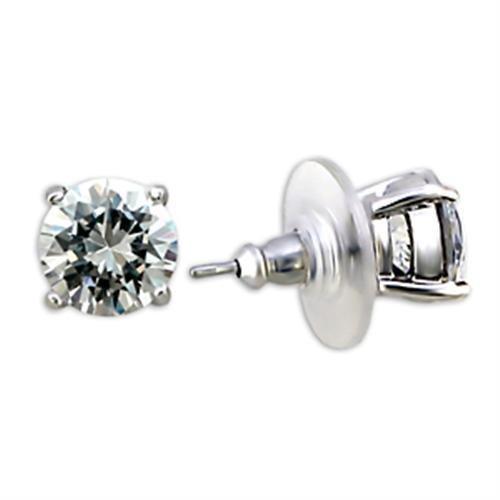
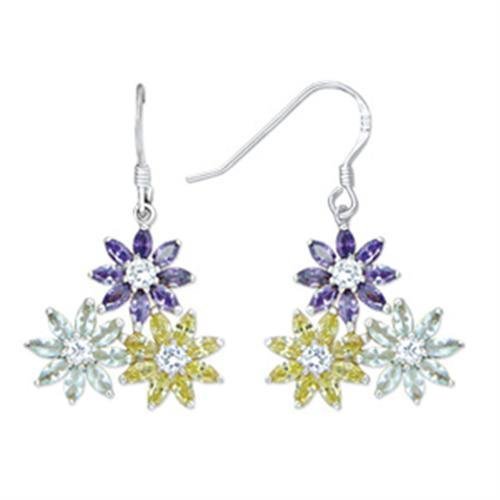
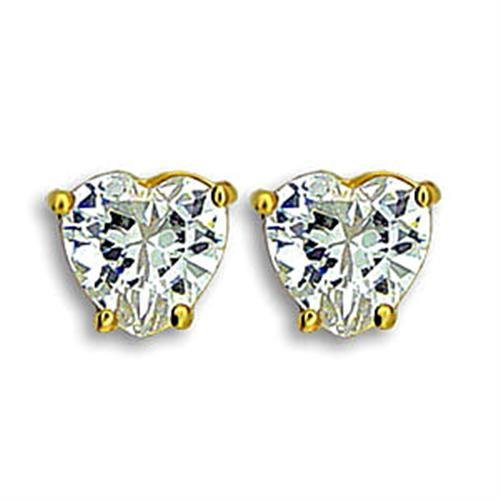
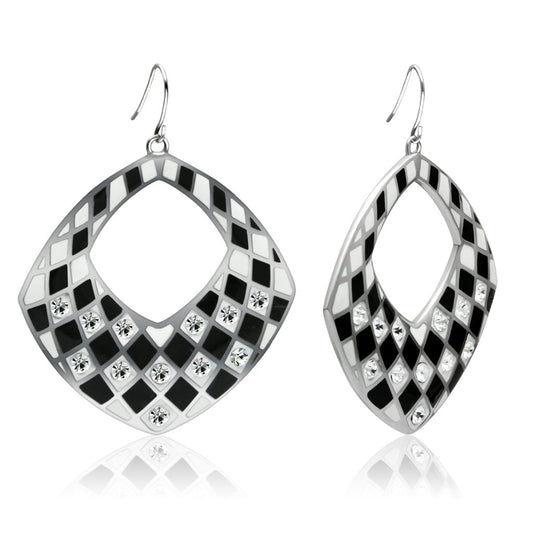
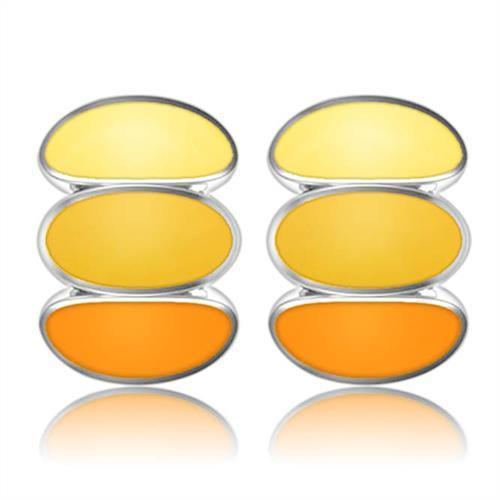
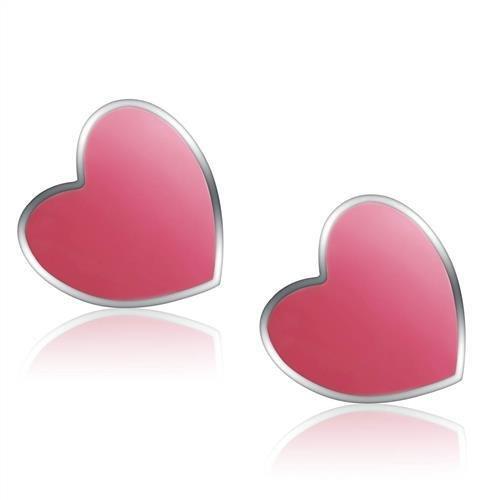
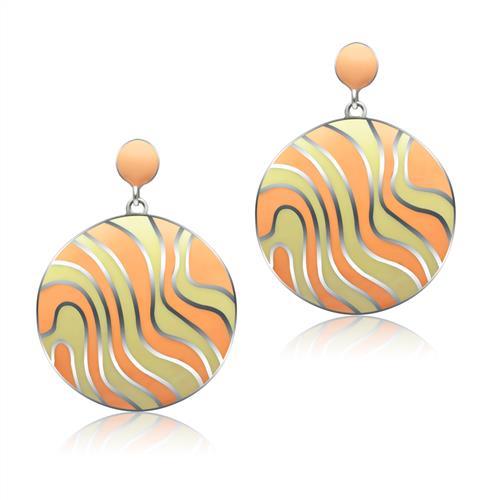
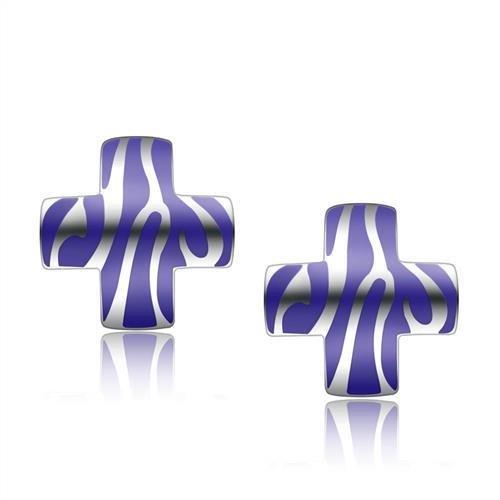
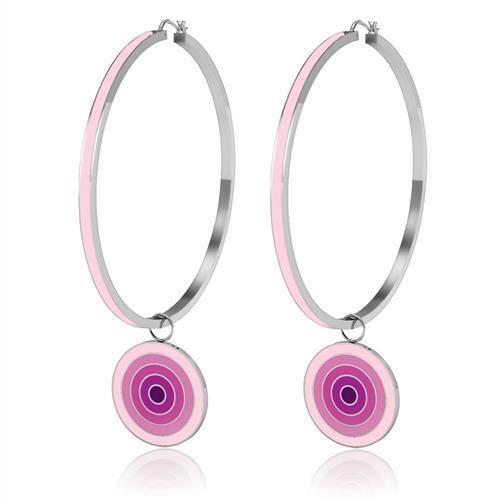
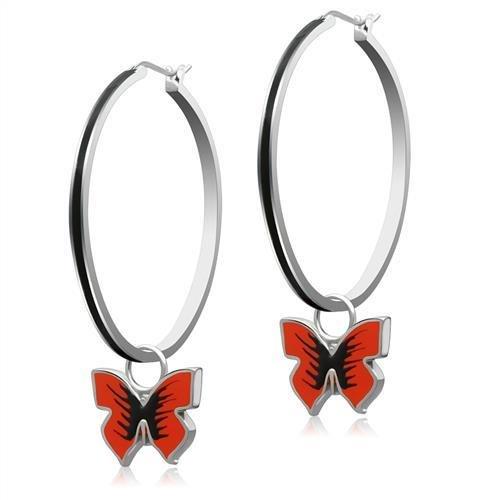
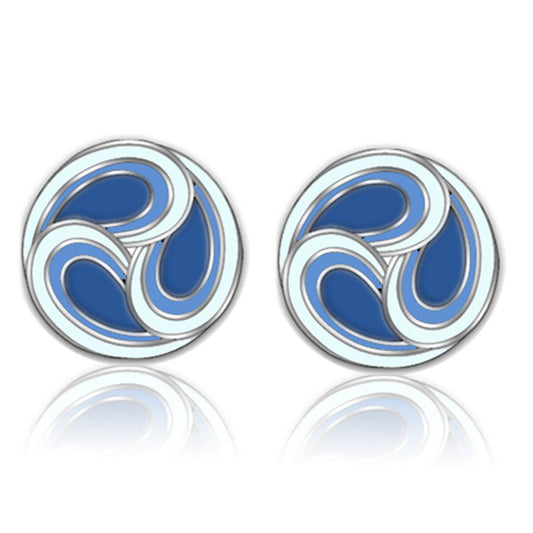



Social Status and Wealth
Historically, jewelry has been a marker of social status and wealth. The materials used, the craftsmanship, and the rarity of the pieces often signified the wearer's position within society. In many cultures, certain jewelry pieces are reserved for special occasions or for individuals of a certain status, making them symbols of prestige and power.